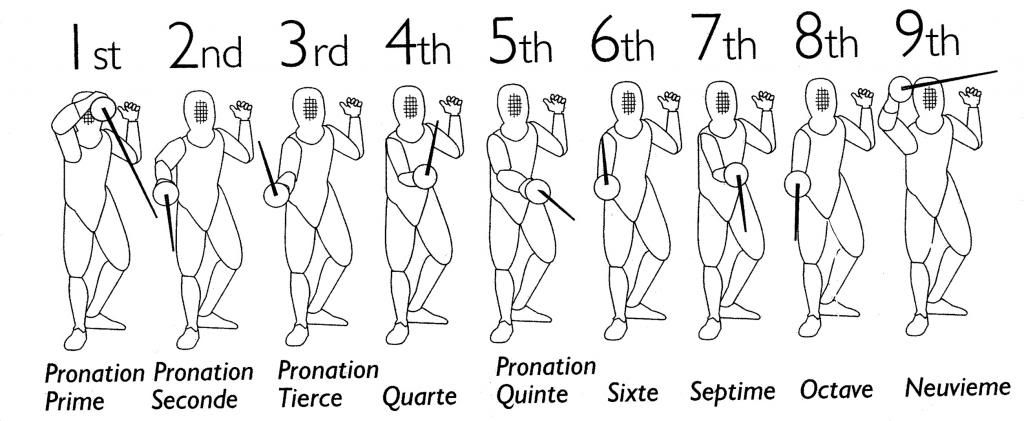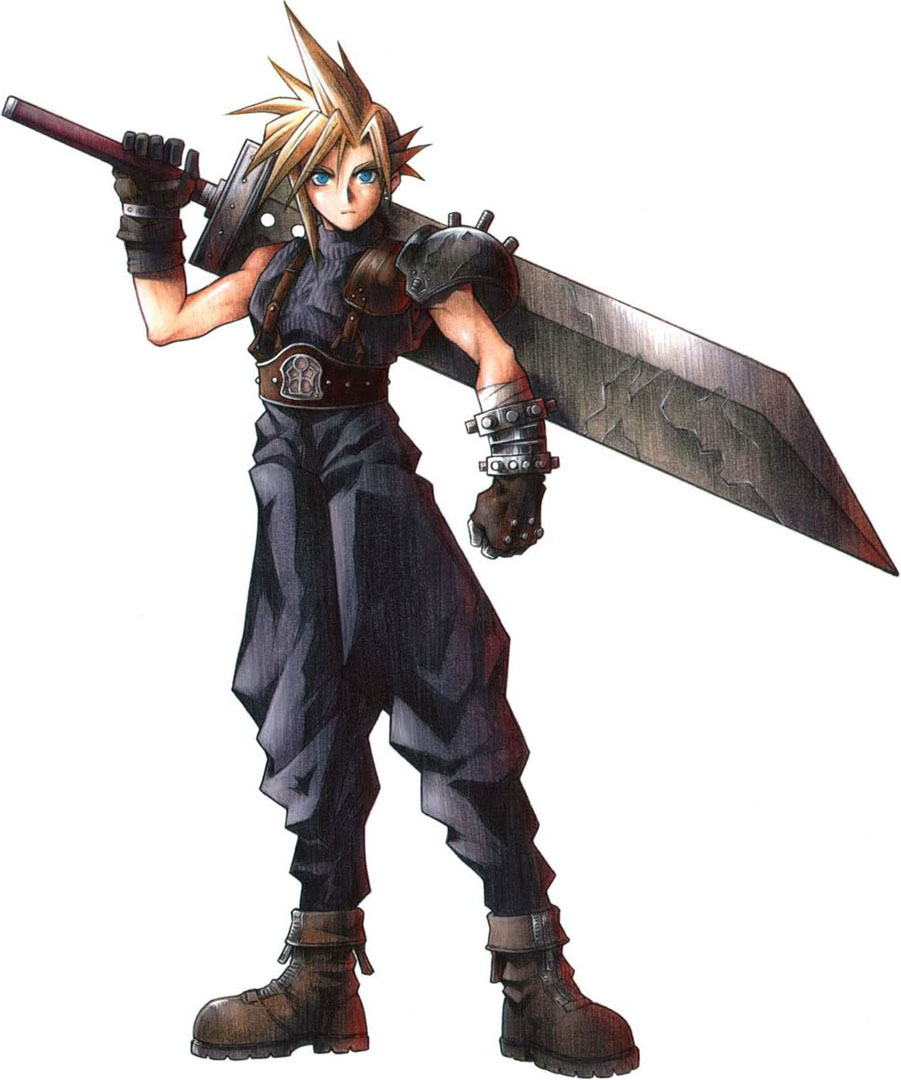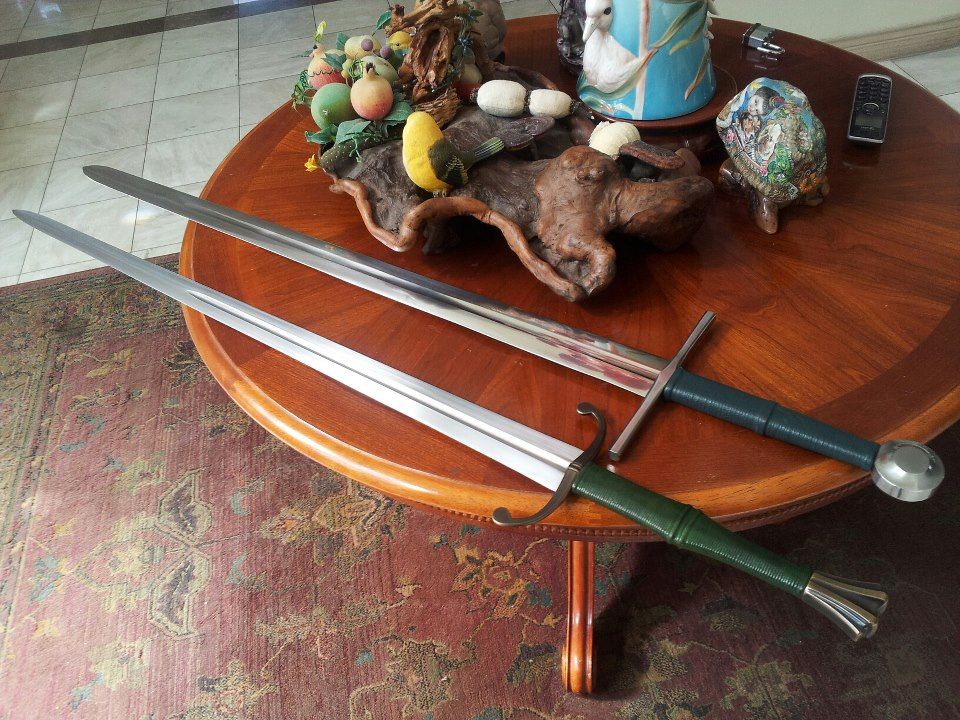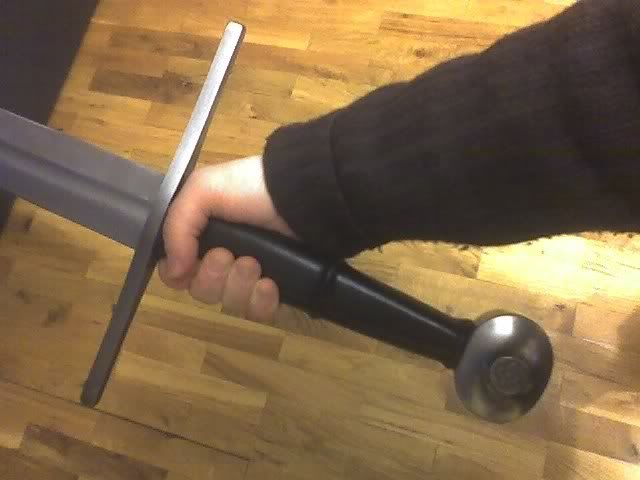Malik
 Auror
Auror
How would most of the population in my world being left-handed affect the way swords are made (I think 'forged' is the proper term) ?
It depends on the type of sword. A swept-hilt rapier, for instance, where the hilt is designed as rings and branches that form a cage around the hand, would be backwards for a right-handed person and open the hand, wrist, and forearm to wounds. The balance would also be off because the cage would be on the wrong side. Ring-hilted and cup-hilted rapiers, however, were ambidextrous, as were most swords.
The big difference is that if most people are left-handed, then a right-handed fighter will have an advantage because a left-handed fighter will have to reverse everything. Check it out:
Facing a left-handed fighter you see this:

Facing a right-handed fighter you see this:

Southpaws have an advantage in our world because 90% of people are right-handed, so they are used to fighting against orthodox opponents. Orthodox fighters are at a disadvantage against southpaws because they rarely fight them.
I'm right-handed but left-eye dominant so I fence and box southpaw. Where is gets confusing is that, as a southpaw, I HATE fighting other southpaws. All the vectors are wrong.
Edited to add: Throw in shields, and it gets really confusing; fighting southpaw vs. orthodox, the shields and swords are on the same side. That leads to a whole series of complications and strange, gimmicky attacks. If your protagonist is right-handed in a southpaw world, medieval-type "heater" shields, kite shields, and even strap-on roundshields won't work for him. The roundshields might work if the strap is exactly in the middle, but some people like to have the shield a little top- or bottom-heavy, and even if it balances right, the device will be upside down.
Last edited:

 Sage
Sage





 Acolyte
Acolyte